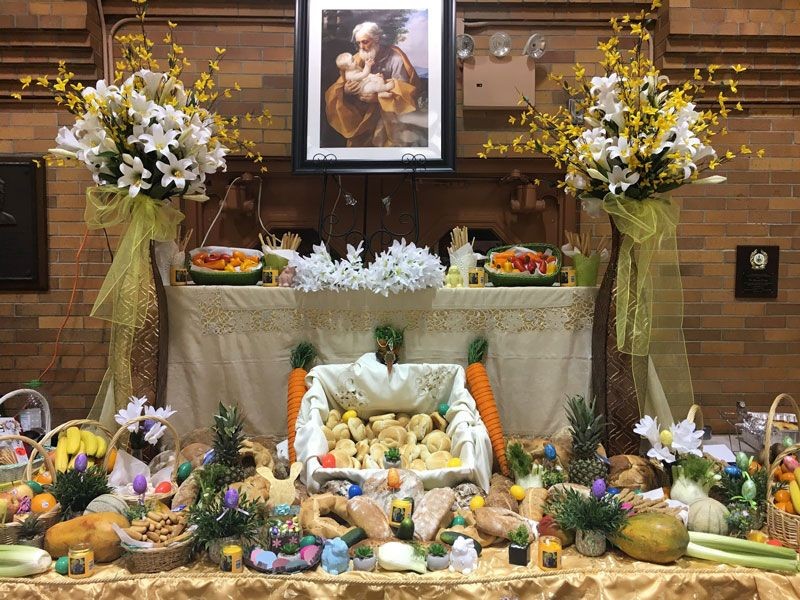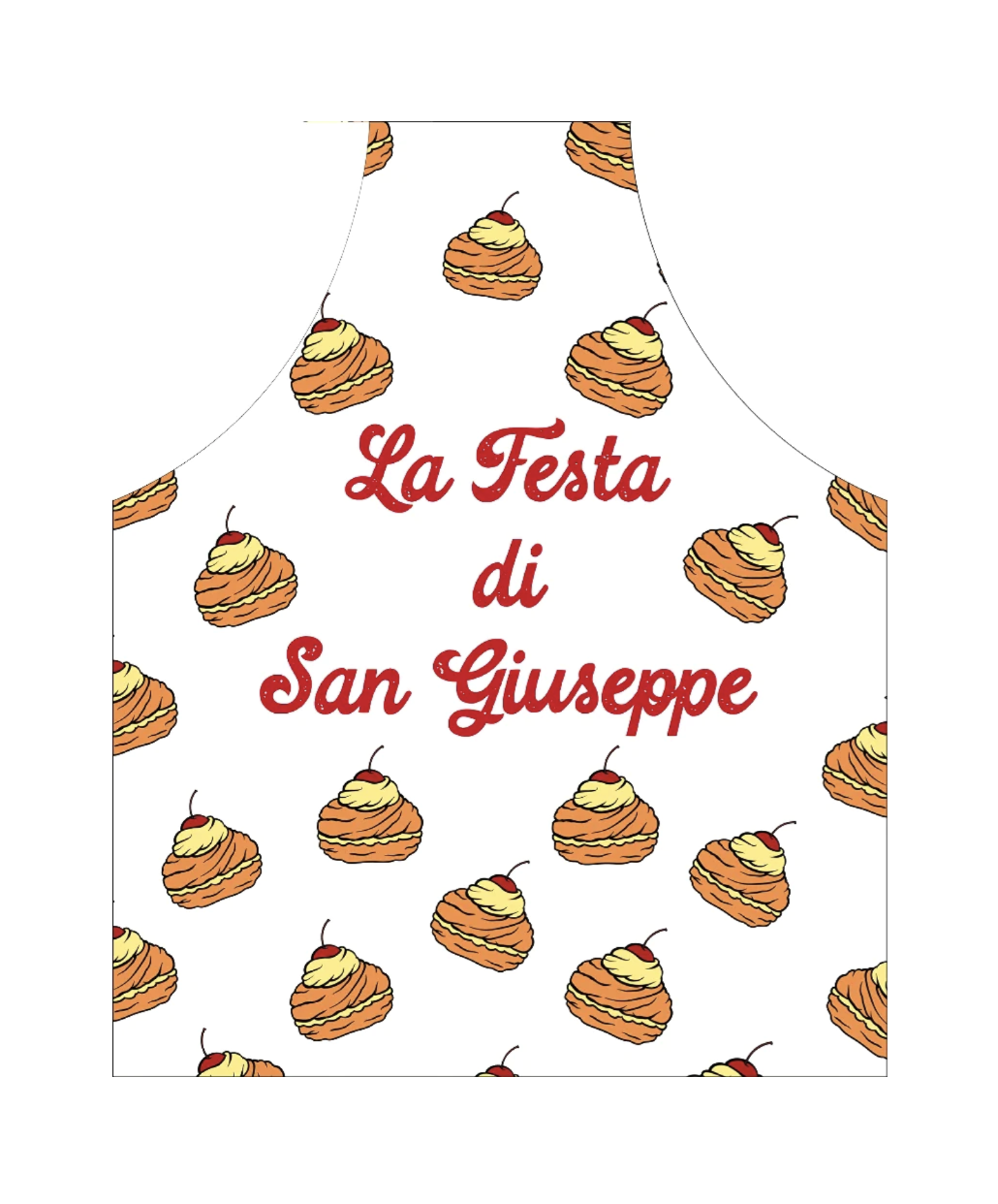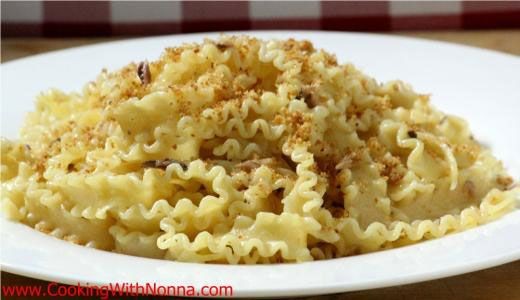St. Joseph's Day Celebration

A traditional altar on Saint Joseph’s Day.
One of the quintessential Italian holidays beloved by many is the Feast of Saint Joseph, honoring of the husband of the Blessed Virgin Mary and stepfather of Jesus Christ. The celebration, taking place on March 19th each year, varies from country to country and church to church but the underlying premise is acknowledging the sanctity of fathers and workers. In Italy, Father’s Day is celebrated on this day.
In Sicily, Saint Joseph is regarded as the patron saint. It is believed in Italian-American communities that Joseph prevented a drought-induced famine from ravaging Sicily in the Middle Ages. The people of Sicilty who were spared showed their appreciation by preparing a banquet in Joseph’s honor. Accordingly, families gather each Saint Joseph’s day to honor the Giuseppe, Giuseppine, Josephs and Josephines in their lives, with a true feast. Giving food to the poor is a custom of Saint Joseph's day, as is wearing red clothing, and dressing 3-tiered (for the Holy Trinity) church altars with fava beans, the crop believed to have aided Joseph in ending preventing the famine, flowers, candles, citrus fruits, and specially prepared breads and cakes. As March 19th always falls during the Lenten season, this feast day is observed with meatless dishes. The celebration of the Feast of St. Joseph came to the United States with Sicilian immigrants and thankfully has stayed. Different parts of the country, notably New Orleans, New York, and New Jersey, celebrate this day with gusto comparable to our European counterparts through family meals, parades, and church dedications.

Saint Joseph’s Day is marked by abundant feasting. The traditional foods served on this day are packed with symbolism both of the legends associated with Joseph and the struggle of peasant life in Sicily. Classic dishes served include toasted breadcrumbs, or mollica, to represent sawdust as Joseph was a carpenter by trade. Mollica was also a peasant’s substitute for cheese used in preparing pasta. I want to ensure you have a proper feast with your family and have shared a few of these classics so you can make them at home. The Mafaldine di San Giuseppe is a pasta dish made with bread crumbs and anchovies. The Pasta in Carrozza is a Sicilian baked pasta that uses cauliflower, a popular peasant crop, and anchovies. It gets its name from the origins of its preparation. Cooks would fabricate a sort of carriage, or carrozza, to hold the pasta, with charcoal beneath and charcoal above as a heat source. Today we have the luxury of a modern day oven to prepare the meal but the name remains.
As many know, dessert reigns supreme on this day. Enter: St. Joseph’s Sfingi and Zeppole. These decadent fried dough confections are piped with variations of rich custard or cannoli creams and sprinkled with powdered sugar. While Italian bakeries will be stocked well in advance of Saint Joseph's Day with pastries for purchase, I encourage you to grab a loved one and make a batch of your own. Memories made at the table are the core of this feast day.
Mafaldine with Anchovies and Breadcrumbs
Every family celebrates St. Joseph's Day a little differently which makes it a deeply personal and special holiday. Regardless of what is on the table, the meal is meant to be abundant and filling, a stark contrast to peasant live in Medieval Southern Italy. To all who celebrate this day, I wish you full tables and full hearts.
Buon San Giuseppe!
Rossella

